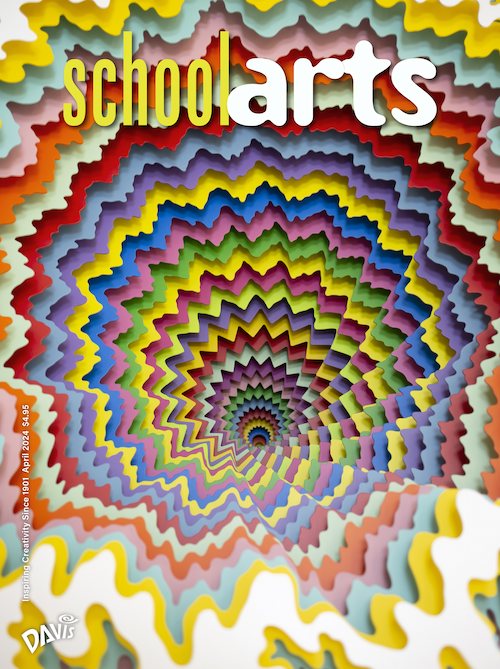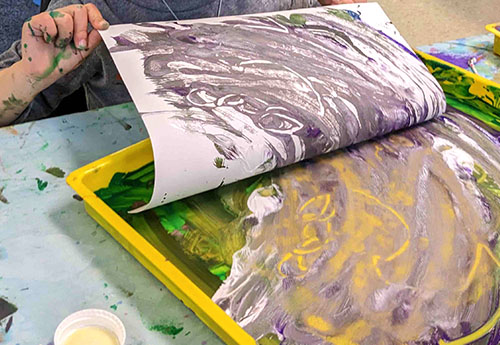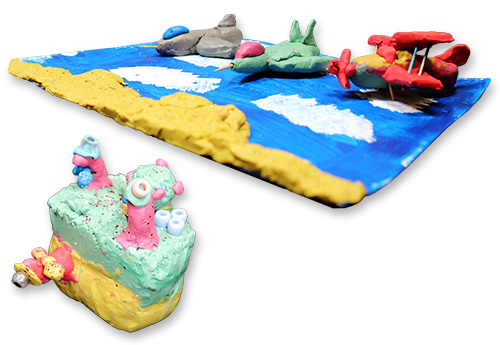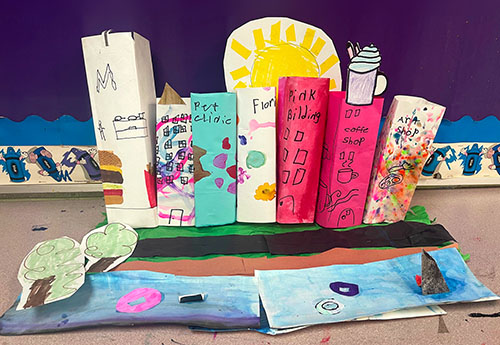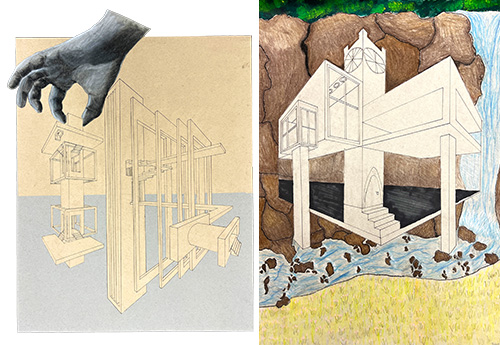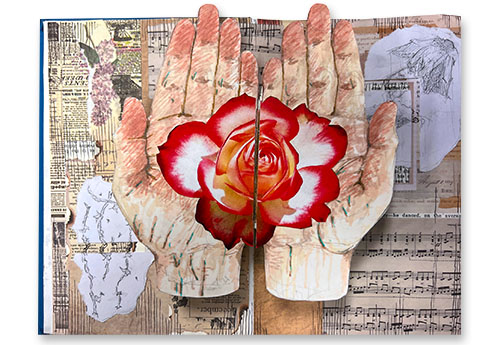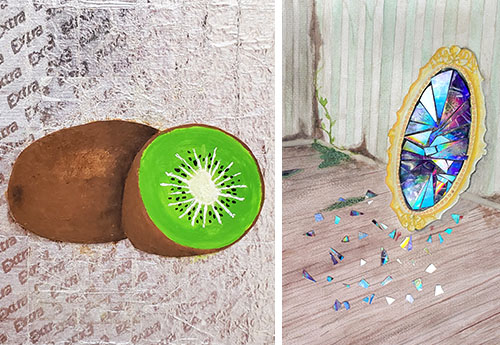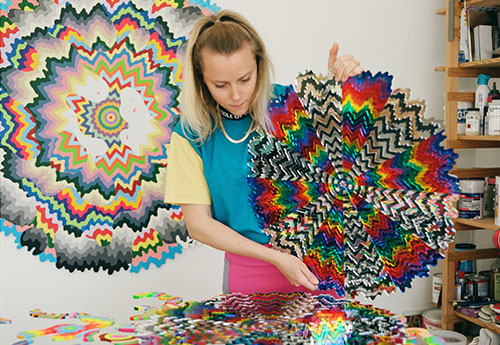
Co-Editor’s Letter: Choice
The short time that students spend in art class during the school year might be the only time they can fully experience their role as intentional artists. Personal interests and autobiographical events realized through art-making processes are potent opportunities for transdisciplinary learning. This issue of SchoolArts, focused on choice-based art education and Teaching for Artistic Behavior (TAB), will provide readers with useful art education perspectives.
Read Article
